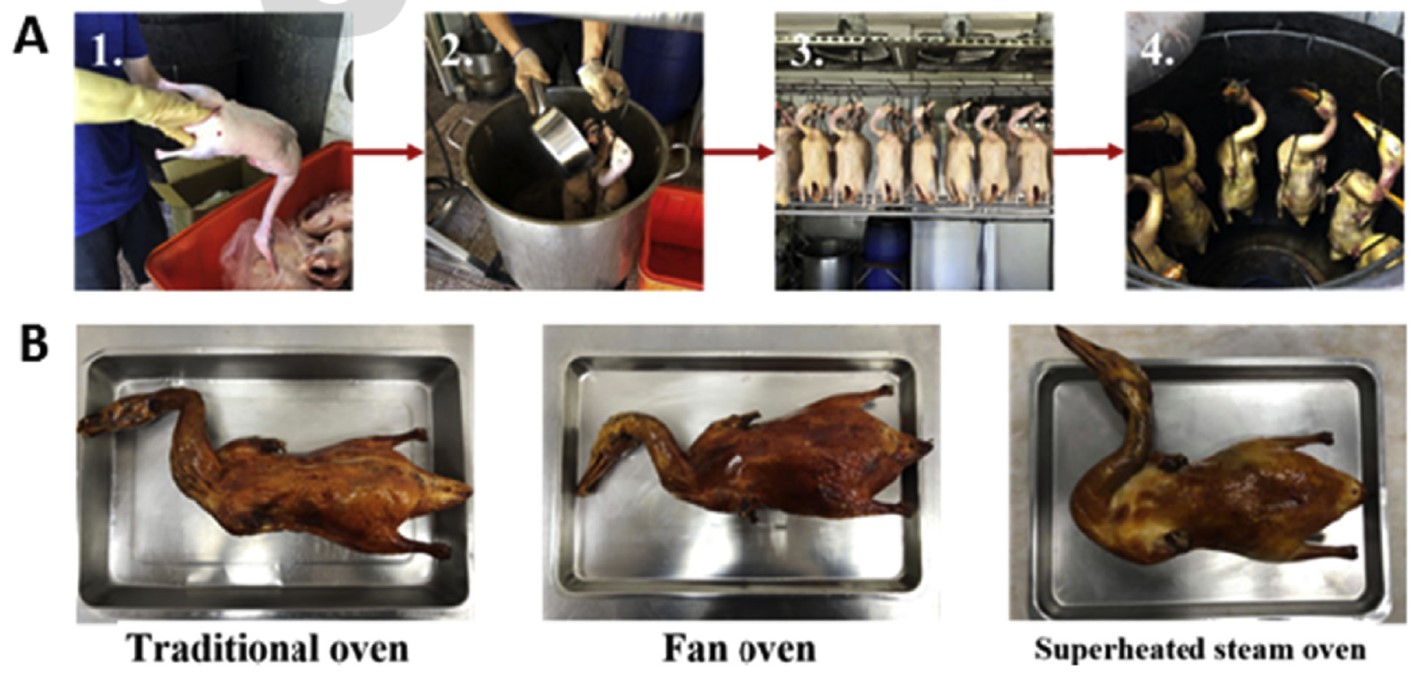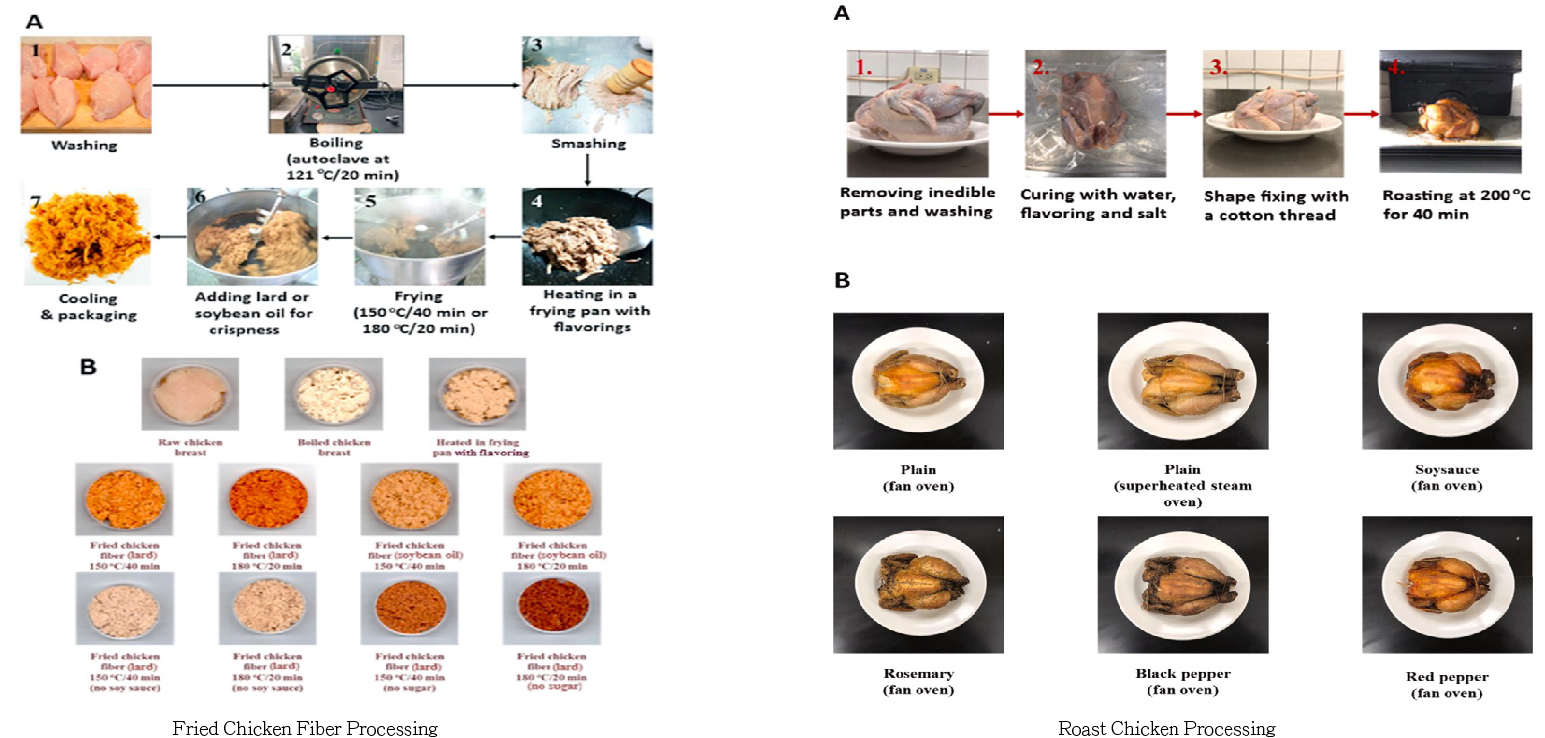Featured Scientist

Bin-Huei Chen, Ph.D.
Distinguished Professor
Education background
Ph.D., Department of Food Science Texas A&M University, U.S.A
Research interests
Lipid Chemistry, Pigment Chemistry, Instrumental Analysis, Food Toxicology, Functional Food and Botanical Drug
About
Bing-Huei Chen, food scientist, received his Ph.D. degree in Food Science & Technology, Texas A & M University, USA in 1988. His postgraduate career includes working at Fu Jen University, Taipei, Taiwan as Associate Professor from 1988–1994, Professor from 1994–2004, Distinguished Chair Professor from 2003–present, Chair of Department of Nutrition and Food Science from 1994-2000, Director of Graduate Institute of Medicine from 2006–2009, and Dean of College of Human Ecology from 2012–2015. He specializes in Lipid Chemistry, Pigment Chemistry, Instrumental Analysis, Food Toxicology, Functional Food and Botanical Drug Development and Biological Activity Determination as well as Nanotechnology. Until now he has published 197 research articles in internationally renowned journals and authored 11 book chapters in edited books published by International Publishers. He has received numerous awards including the prestigious National Invention Gold Medal Award by Ministry of Economics, Taiwan in 2018 and was honored with Outstanding Research Scientist by Ministry of Science and Technology, Taiwan. He was also honored with International Outstanding Inventor of Biotechnology by Taiwan Inventor Association/International Innovation and Invention Alliance Association in 2019 and Distinguished Professor by Chinese Academy of Agricultural Sciences, China in 2015. Most importantly, Prof. Chen has developed a nano-product “Lycopene Chylomicron”, which has completed a phase III clinical trial in both Taiwan and USA in 2017 and demonstrated to be effective in the treatment of patients with prostatauxe syndrome. Expectedly, this product will become the first botanic drug in the world for treatment of patients with prostatauxe syndrome without side effect. More recently, the International Association of Advanced Materials (IAAM), a European organization has honored him with IAAM Scientist Award 2020 for his contribution to the advancement of science and technology. At the same year he was also honored with Vebleo Fellow. He also serves as Editor-in-Chief of the journal “Recent Patents on Food, Nutrition and Agriculture” and Associate Editor of 2 journals “Journal of Food & Drug Analysis” and “Asian Science Bulletin”. In addition, he serves on the editorial board of 135 journals. Currently he is the President of Professors Association, Taiwan and was the Past President of AOAC Taiwan section from 2016-2018.
Effects of different processing conditions and seasonings on the formation and inhibition of cholesterol oxidation products and heterocyclic amines in meat
In the meat processing, there will produce a variety of toxic substances, such as heterocyclic amines (HAs) and cholesterol oxidation products (COPs). HAs are the polycyclic aromatic hydrocarbons (PAHs), which are often found in the high-protein foods processed by high temperature and heat. Many HAs have been classified as 2A or 2B carcinogens by the International Agency for Research on Cancer (IARC). COPs are generated in the stored or heated cholesterol-containing food. The purpose of this study was to test the chicken floss by QuEChERS extraction technique combined with ultra-performance liquid chromatography tandem mass spectrometry (UPLC-MS) and gas chromatography mass spectrometry (GC-MS) respectively. The types and contents of HAs and COPs generated during the processing of roast chicken and roast duck were investigated, and the effects of different processing methods and seasonings on the inhibition of Has and COPs were also discussed. In the processing of chicken meat floss, five kinds of HAs were generated, and the content range of which was 0.052-106.005 µg/g. The order of content of HAs was as follows: Harman > Norharman > Phe-P-1 > IQX > Trp-P-1. At the group stirred and fried at 180℃ for 20 minutes, the fried chicken floss with lard produced more HAs than that with soybean oil. The roast chicken produced 10 kinds of HAs, including 4,8-DiMeIQx, 7,8-DiMeIQx, Harman, Norharman, Trp-P-1, Trp-P-2, Phe-P-1, PhIP, IFP and AαC; the roast duck produced 14 kinds of HAs, 4,8-DiMeIQx, 7,8-DiMeIQx, Harman, Norharman, Trp-P-1, Trp-P-2, Phe-P-1, PhIP, IFP, MeAαC, MeIQ, DMIP, Glu-P-1, IQ[4,5-b]; more HAs were produced in the skin than in the meat, and the roast chicken skin with added soy sauce and roast duck baked with hot air had higher HAs content. In addition, 7 kinds of COPs were generated in the processing of chicken floss, roast chicken and roast duck, including 7α-OH, 7β-OH, 5,6α-EP, 5,6β-EP, triol, 25-OH and 7-keto. The total COPs content of chicken floss was the highest, up to 35.220 µg/g; among the chicken floss stir-fried at 150℃ for 40 minutes and 180℃ for 20 minutes, the chicken floss stir-fried with lard had less COPs than that stir-fried with salad oil. In the above conditions (150℃ for 40 minutes), there was also less COPs generation without adding the soy sauce. Moreover, the rosemary seasoned roast chicken and roast duck baked with hot air also had less COPs. Duck meat had less COPs than its skin. In summary, the generation of HAs and COPs would be affected by the processing conditions and seasonings. The chicken floss made with lard at 150℃ for 40 minutes had the least HAs and COPs generated. The addition of rosemary and pepper could help to reduce HAs and COPs content in the roast chicken, and the superheated steam roasting can help to reduce HAs content in the roast duck, while the hot air roasting can help to reduce COPs content in the roast duck.
[Key words:]
Heterocyclic amines, cholesterol oxidation products, roast chicken, chicken floss, roast duck, liquid chromatography tandem mass spectrometer, gas chromatography mass spectrometer
77 views
